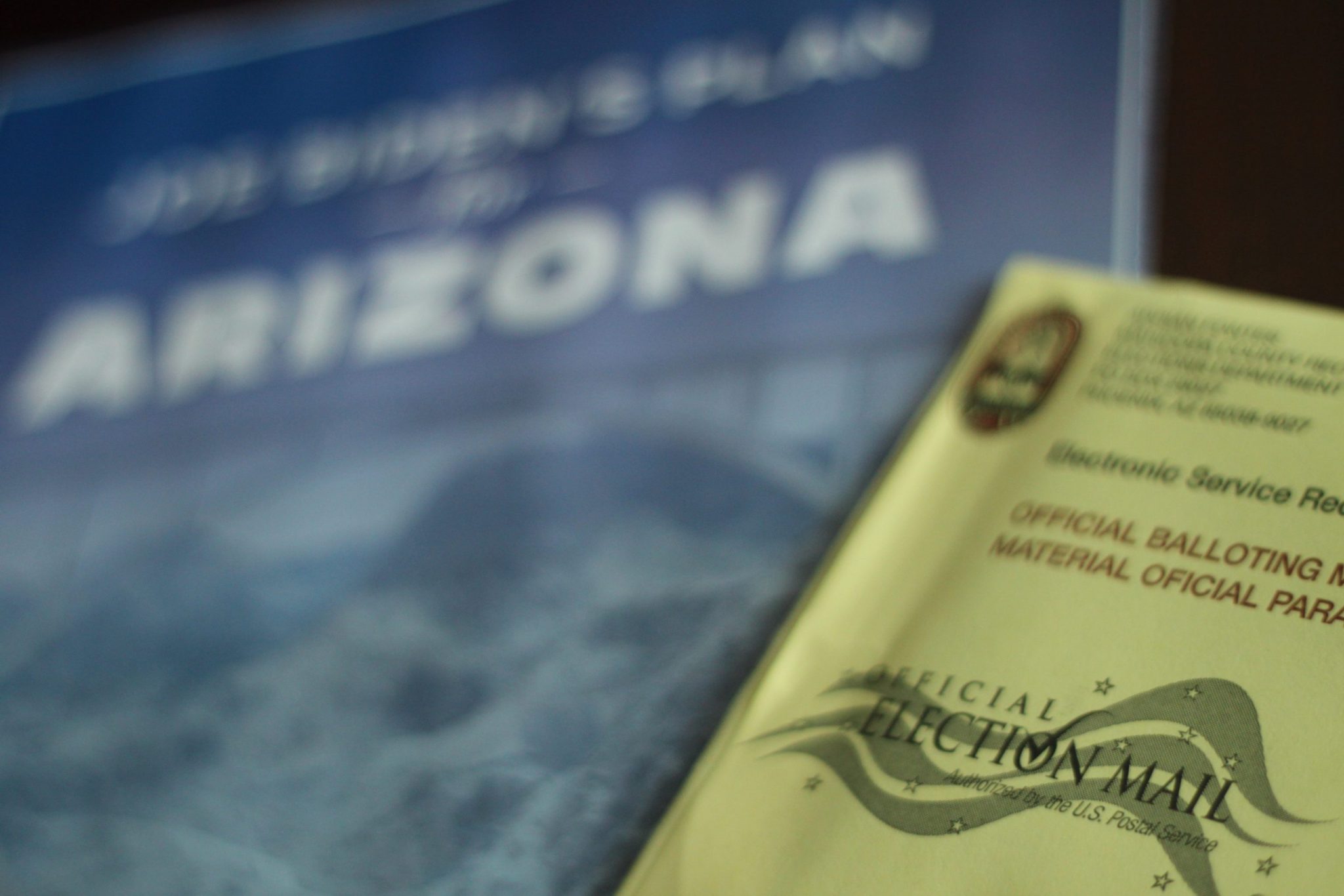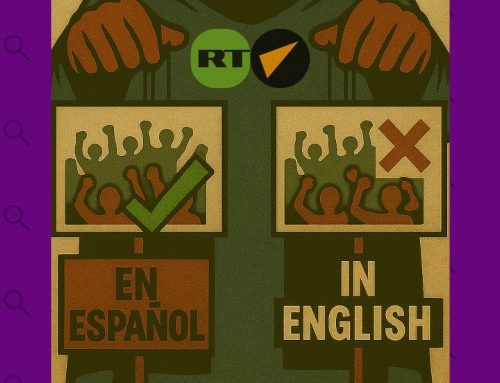Due to the ongoing faux audit of some ballots in Arizona’s 2020 presidential election, much of the public’s attention on ensuring trust in elections has understandably centered around audits. Many voters say that they trust a hand count audit. Hand counting paper ballots and comparing them to the results provided by an electronic voting machine can reinforce the accuracy and security of voting systems used during an election. And one new type of post-election audit – risk-limiting audits – can even provide strong statistical assurance that the winner is the winner (and the loser is the loser) of a given race. Such audits help secure elections from interference by malign actors and could have a critical role in helping restore public confidence in elections.
However, the events in Arizona should serve as a strong reminder that confirming a well-run election also requires following correct processes and procedures. There, auditors likely failed to ensure the physical security of ballots by keeping doors unlocked and allowing unauthorized persons to access the ballot storage facility. The auditors are also using materials and technologies that can cause the ballot papers and marks to deteriorate, and are restricting access to nonpartisan observers, election administrators and voting machine experts, which precludes the audit from being fully transparent. It shouldn’t be that way and it doesn’t need to be.




